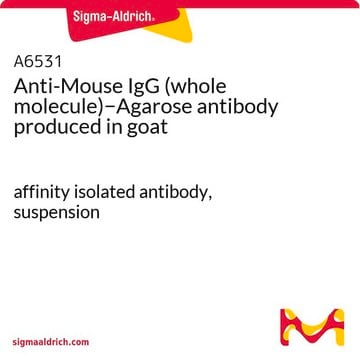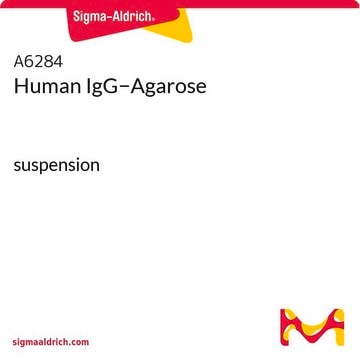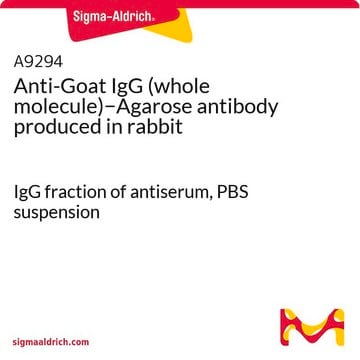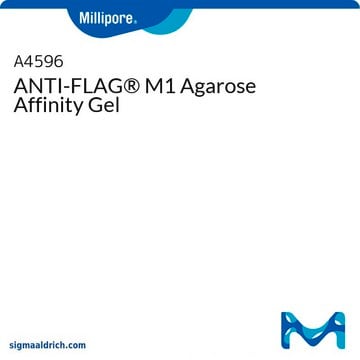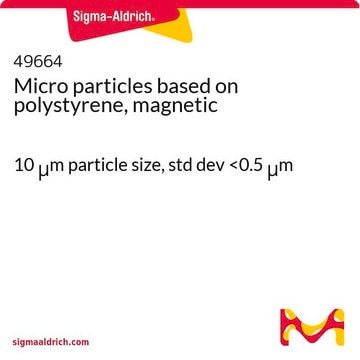A0919
Mouse IgG−Agarose
(Suspension in 0.5 M NaCl containing preservative.)
Sinónimos:
IgG-Agarose Beads
About This Item
Productos recomendados
conjugate
agarose conjugate
antibody form
purified immunoglobulin
form
(Suspension in 0.5 M NaCl containing preservative.)
extent of labeling
1 mg per mL
technique(s)
immunoprecipitation (IP): suitable
matrix
Cross-linked 4% beaded agarose
matrix activation
cyanogen bromide
matrix spacer
1 atom
storage temp.
2-8°C
General description
Application
Physical form
Disclaimer
Storage Class
10 - Combustible liquids
wgk_germany
WGK 3
flash_point_f
Not applicable
flash_point_c
Not applicable
Certificados de análisis (COA)
Busque Certificados de análisis (COA) introduciendo el número de lote del producto. Los números de lote se encuentran en la etiqueta del producto después de las palabras «Lot» o «Batch»
¿Ya tiene este producto?
Encuentre la documentación para los productos que ha comprado recientemente en la Biblioteca de documentos.
Los clientes también vieron
Nuestro equipo de científicos tiene experiencia en todas las áreas de investigación: Ciencias de la vida, Ciencia de los materiales, Síntesis química, Cromatografía, Analítica y muchas otras.
Póngase en contacto con el Servicio técnico


